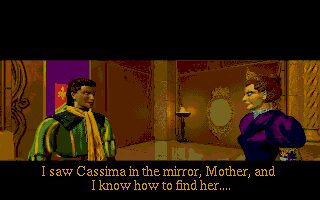Legendary Game Designers: Roberta Williams
The Queen of the Graphic Adventures
![]() By: Tasha
By: Tasha
Published: 18 February 2017, 1:30 pm
Roberta Williams, for those who don’t know, is the creator of the legendary King’s Quest series. The series is 8 strong and chronicles the adventures of the Daventry family. Of course she did many other projects during her long career such as Mickey’s Space Adventure, The Black Cauldron, The Dark Crystal, and Mixed-Up Mother Goose. However King’s Quest was her most popular contribution to gaming.
Roberta fell in love with the Adventure genre when her husband Ken introduced her to “Colossal Cave Adventure,” the first text Adventure game. After this she bought and played as many adventures games as she could. After playing the games, she decided that she could do better. After throwing a few ideas around, she settled upon an idea of an Agatha Christie inspired mystery game. She asked her husband for help on her project and together they finished in about a month. The first game of On-Line Sytems was created in 1980 and called "Mystery House". Mystery House was a success and set the standard for combining text and graphics for Adventure games.
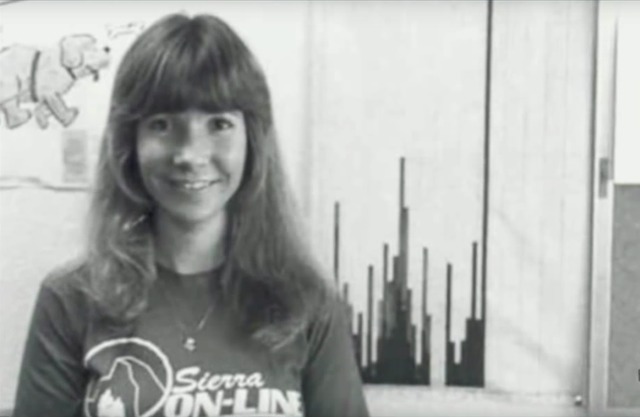
After the success of Mystery House, Roberta and Ken moved to Sierra Nevada to set up shop (hence the name change). At this time they were still known as On-Line Systems and they had established their first real office. Their business had also grown so large they were able to employ staff. By this time Roberta had completed another game, “The Wizard and the Princess.” This was her first game to feature colored graphics and would go on to become the number one game on the Apple II.

Two years later in 1982, Roberta decided to push the boundaries of the traditional game size. This project was so large she had to employ outside artists to help her make it a reality. This new game was called “Time Zone,” and had around 1500 rooms. The average game at the time only had about 90 rooms, standard. Making Time Zone about 16 times larger than the average game. It had to be released on 6 double-sided discs due to its size. It was easily the most expensive computer game ever made with a retail price of $99 (U.S.), roughly over $200 now. Though ambitious in its time, it did not fair very well commercially. It was time to move on.
In 1984 IBM contacted Sierra On-Line and asked Roberta to design a game for them. This new undertaking would be her first 3D (technically only 2.5D, but who’s counting) Adventure game and she would look to her previous work for inspiration. Using the basic idea of the Wizard and the Princess, Roberta created the first game in the King’s Quest series. With 16-color graphics, King's Quest featured some of the most detailed graphics in the Adventure game genre at the time. It was also the first Sierra game made using the Adventure Game Interpreter (AGI) game engine.

Just one year later in 1986 King’s Quest III: To Heir is Human was released. KQIII was roughly the same as the two previous ones gameplay wise. However, this installment was much harder than the first two. It also included the use of magical spells that had to be typed in manually from a player spellbook that came with the game. KQIII was also the second largest game that Sierra had ever produced and the first (and only) to feature auto-mapping. Though with a few complaints about the difficulty and the storyline, it was well-received by the public.
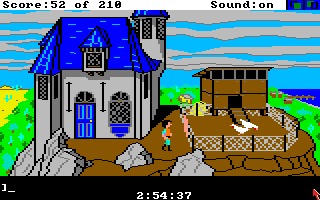
Roberta continued on in the KQ series creating King’s Quest IV: The Perils of Rosella in 1988. This was the first game in the series and one of few games at the time to feature a female protagonist. Members of Roberta’s team thought that this was a bad idea, but Roberta moved ahead anyway and it paid off. The game did very well, winning Best Adventure Game the year of its release. This version of KQ was made using the newly created Sierra’s Creative Interpreter (SCI) game engine. She would later go on to do two more games with a female protagonist, The Colonel’s Bequest (1989) and The Dagger of Amon Ra (1992).
For the next entry, King’s Quest V: Absence Makes the Heart Go Yonder, Roberta decided to change things up. She used hand-drawn graphics in 256 colors to change the look of the game. This was made possible with the introduction of VGA video cards. This game also replaced the standard typing interface with a point-and-click one. The changes went over well with fans and critics. KQV won several awards following its release and spent the subsequent five years as the best-selling computer game on the market.
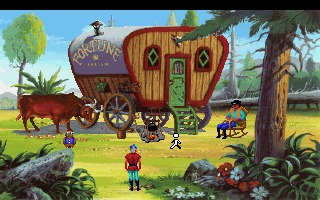
Despite the success of KQV, many view King’s Quest VI: Heir Today, Gone Tomorrow, released in 1992, to be the best of the series. KQVI was the first in the series to feature professional voice acting (Robby Benson from Beauty and the Beast) and the last one to be released on floppy disk. It kept the point-and-click interface, featured stunning graphics and animation, and had an open-world allowing players to solve the puzzles in any order. This entry also featured the addition of multiple endings for the game, based on the player’s actions throughout. This game is seen as the pinnacle of the King's Quest series.
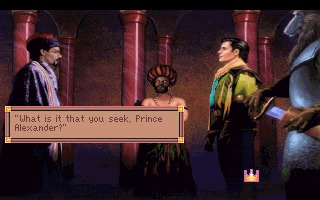
With King’s Quest VII: The Princess Bride, Roberta once again changed the look and feel of her series. This game featured two female protagonists and told the story alternating between them across different chapters. This was the first (and only) KQ game to use chapters to break up the storyline. This version also had a more Disney feel with the graphics. It also offered a simplified user interface making use of a “smart pointer,” that would indicate usable objects. King’s Quest VII was released to some incredibly mixed reviews, but it still did well in its own right.
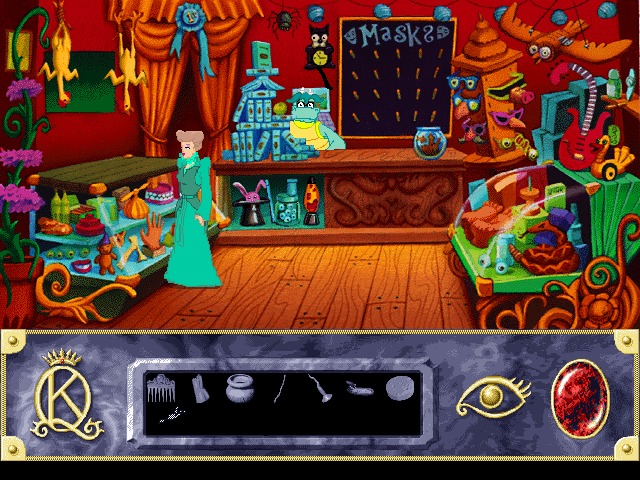
Wanting to take a break from the King’s Quest series, Roberta decided to try something completely different. With a budget of about $4 million dollars, a 550-page script, and 2 years of development time Roberta came up with “Phantasmagoria”. This wildly successful horror game was different than anything else she had done before. The game used professional actors and live-action video clips to unfold the dark tale. The game was somewhat controversial because of adult themes of violence and sexual content (not unlike Roberta being featured on the cover of the game Soft Porn Adventure). The game did very well and grossed over $12 million dollars the weekend it was released and became the best-selling game of 1995. Though majorly successful Roberta said, “The new management essentially killed the project.” Though a sequel was produced, Roberta had nothing to do with it.

After some changes in management and her husband stepping down as the chairman for Sierra On-Line, Roberta would only produce one more game for Sierra before retirement. In 1998 the final chapter, King’s Quest: The Mask of Eternity, again changed the face of the KQ series. This installment had more of a dark look and feel compared to its predecessors. This was the first true 3D adventure game of her career and included RPG elements that were not seen in the other games. Mask of Eternity was also the only one of the series to not feature a Daventry family member as the protagonist and the first to omit the roman numerals from the title. Another first for this game was that it was the only one to feature any sort of combat mechanics. Though released to mixed reviews, the overall opinion was a positive one.

Roberta Williams was able to end her career on a high note. In 1999 she officially retired and went about her normal life. She and her husband were presented with an industry Icon award in 2014. She has dabbled in a few projects over the years, including the Facebook game Odd Manor in 2011 and the King’s Quest reboot in 2015. Though there has been no word whether or not she plans to completely come out of retirement.

